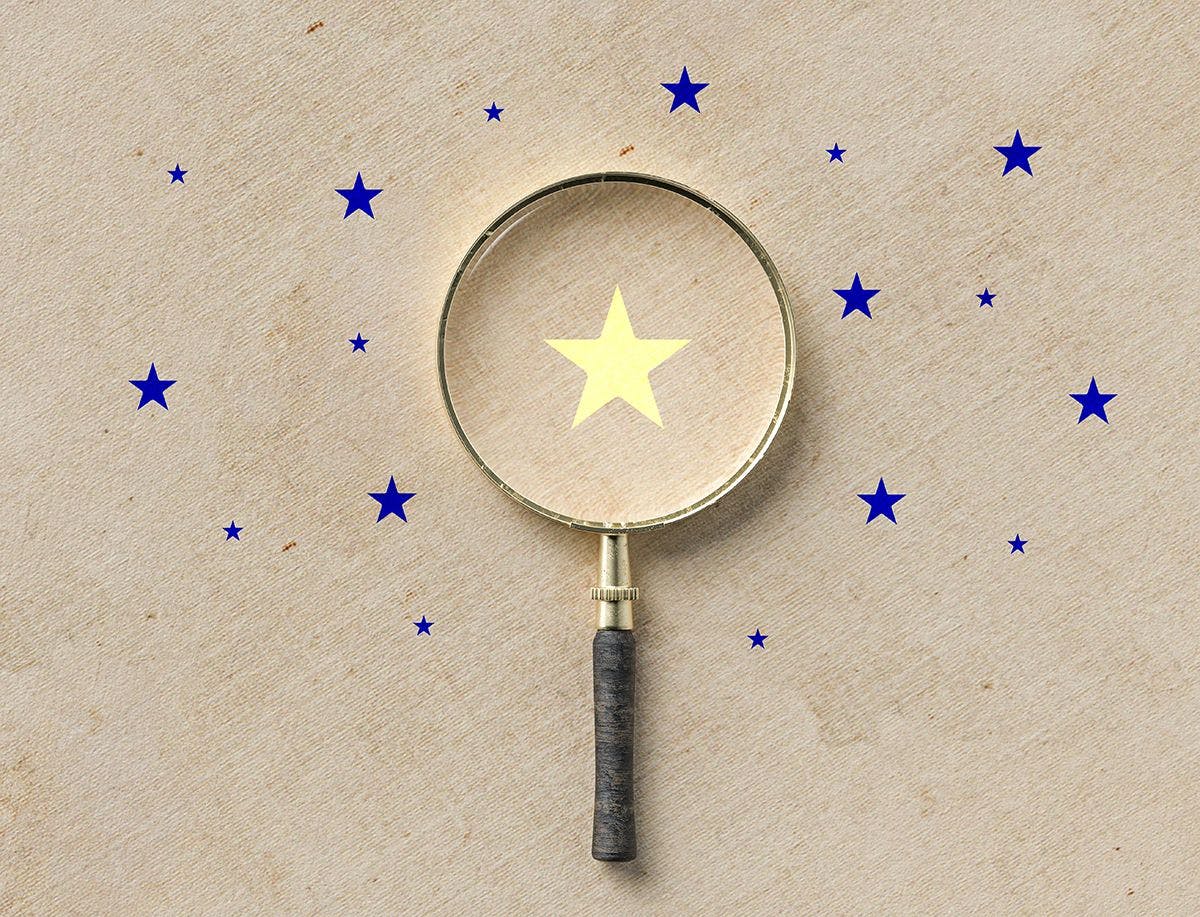Determining Wastewater Contaminants Using Earthworms and LC–QTOF-MS
Researchers have developed a QuEChERS method with liquid chromatography–quadrupole time of flight-mass spectrometry (LC–QTOF-MS) to determine 50 wastewater‑borne pollutants utilizing earthworms, which were exposed to the treated wastewater (1).
Insects and invertebrates have proven to be valuable sources of information in many fields of science, from forensic investigations to medical studies. In the case of monitoring soil pollution, soil‑dwelling earthworms (Lumbricus terrestris) can act as sentinels and be exposed to a variety of organic micropollutants, such as wastewater reused for agricultural irrigation.
A number of guidelines have been published on the reuse of water for agricultural purposes, which are necessary to not only protect the environment but also human health. Contaminants such as heavy metals and pesticides are the traditional targets of analytical methods, but emerging substances of concern, such as pharmaceuticals and other sewage-borne pollutants, also need to be monitored. In this scenario, earthworms have been previously shown to be a suitable species for analysis because of their soil-dwelling activity and their ability to bioaccumulate persistent compounds, as well as their ease of collection (2,3,4).
Despite this suitability, few studies have utilized earthworms, primarily because of the lack of analytical methods that offer the required sensitivity and selectivity. To rectify this, researchers developed a targeted ultra-fast high-resolution multiple reaction monitoring (MRMHR) method using LC–QTOF-MS and an extraction method for 52 compounds based on a QuEChERs methodology.
The method was then applied to the analysis of 36 earthworm samples that originated from laboratory experiments and a field that had been irrigated with treated wastewater. The method detected eight compounds from the field samples, with the highest concentration levels detected belonging to gemfibrozil and caffeine. The authors believe this is the first reported transfer of wastewater-borne contaminants to earthworms following irrigation under natural farming practices.
References
- N. Montemurro, J. Joedicke, and S. Perez, Chemosphere 263, 128222 (2021).
- K.A. Lord et al., Pestic. Sci. 11(4), 401e408 (1980).
- T. Jager et al., Environ. Sci. Technol. 37(15), 3399–3404 (2003).
- C.A. Kinney et al., Environ. Sci. Technol. 42(6), 1863e1870 (2008).

New Method Explored for the Detection of CECs in Crops Irrigated with Contaminated Water
April 30th 2025This new study presents a validated QuEChERS–LC-MS/MS method for detecting eight persistent, mobile, and toxic substances in escarole, tomatoes, and tomato leaves irrigated with contaminated water.
University of Tasmania Researchers Explore Haloacetic Acid Determiniation in Water with capLC–MS
April 29th 2025Haloacetic acid detection has become important when analyzing drinking and swimming pool water. University of Tasmania researchers have begun applying capillary liquid chromatography as a means of detecting these substances.

.png&w=3840&q=75)

.png&w=3840&q=75)



.png&w=3840&q=75)



.png&w=3840&q=75)












